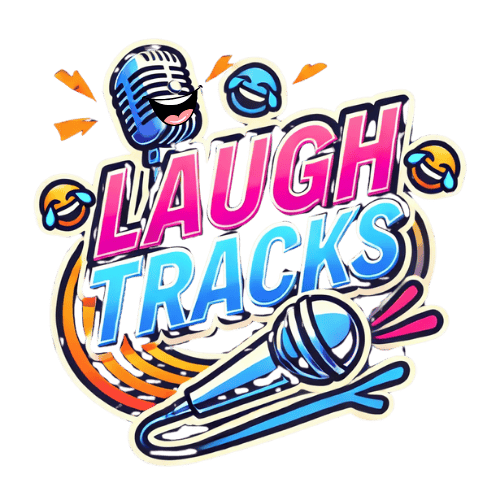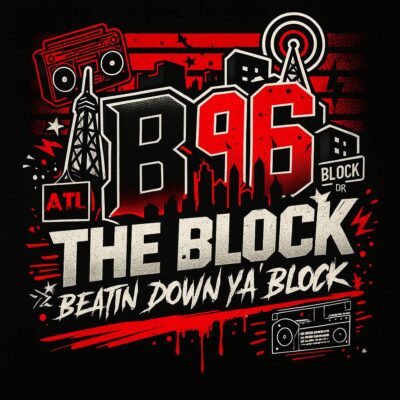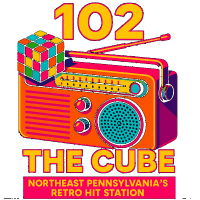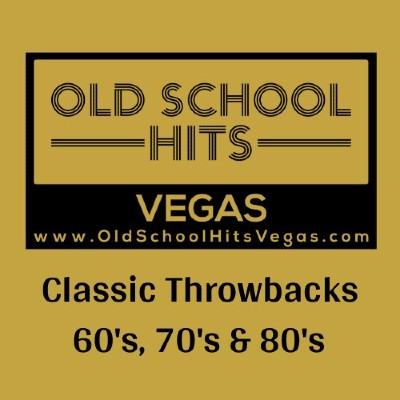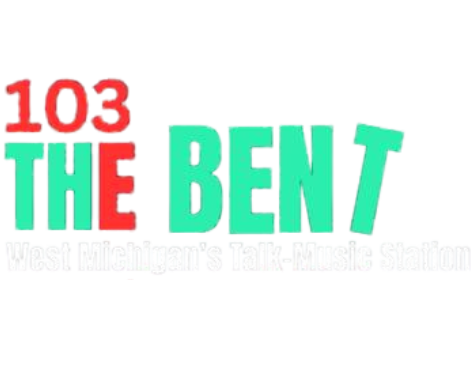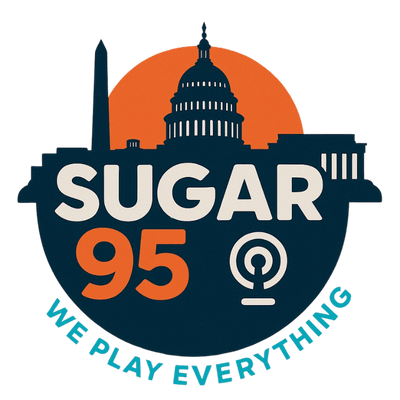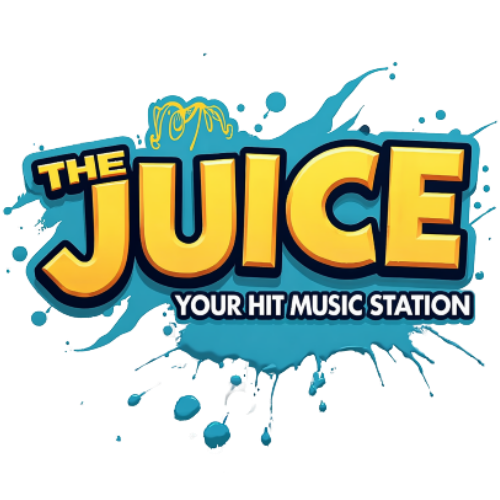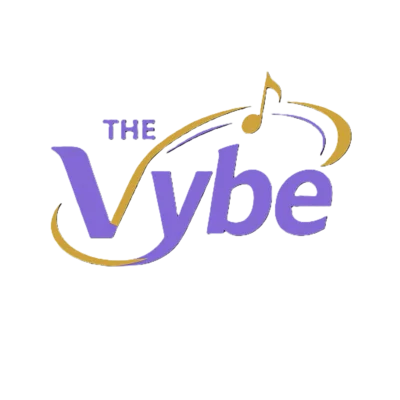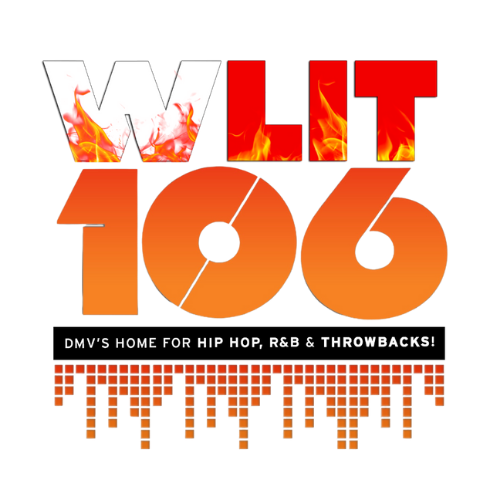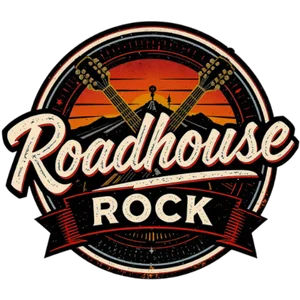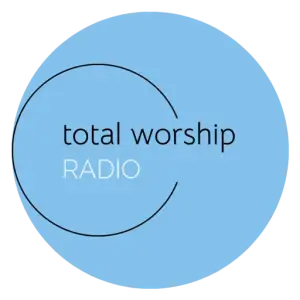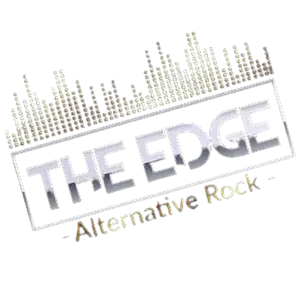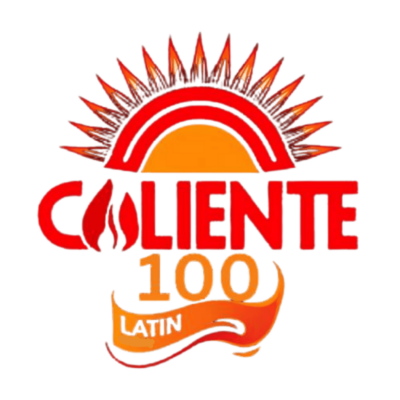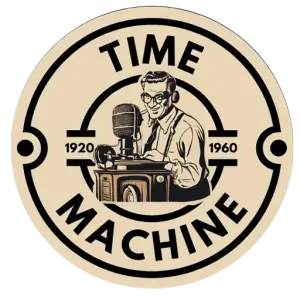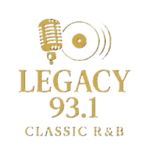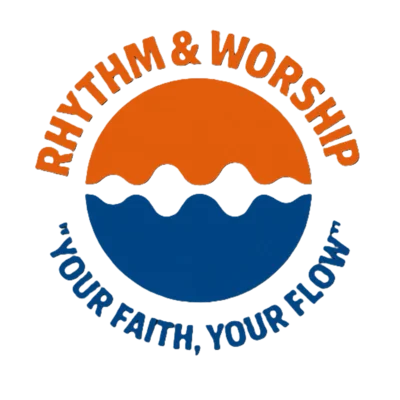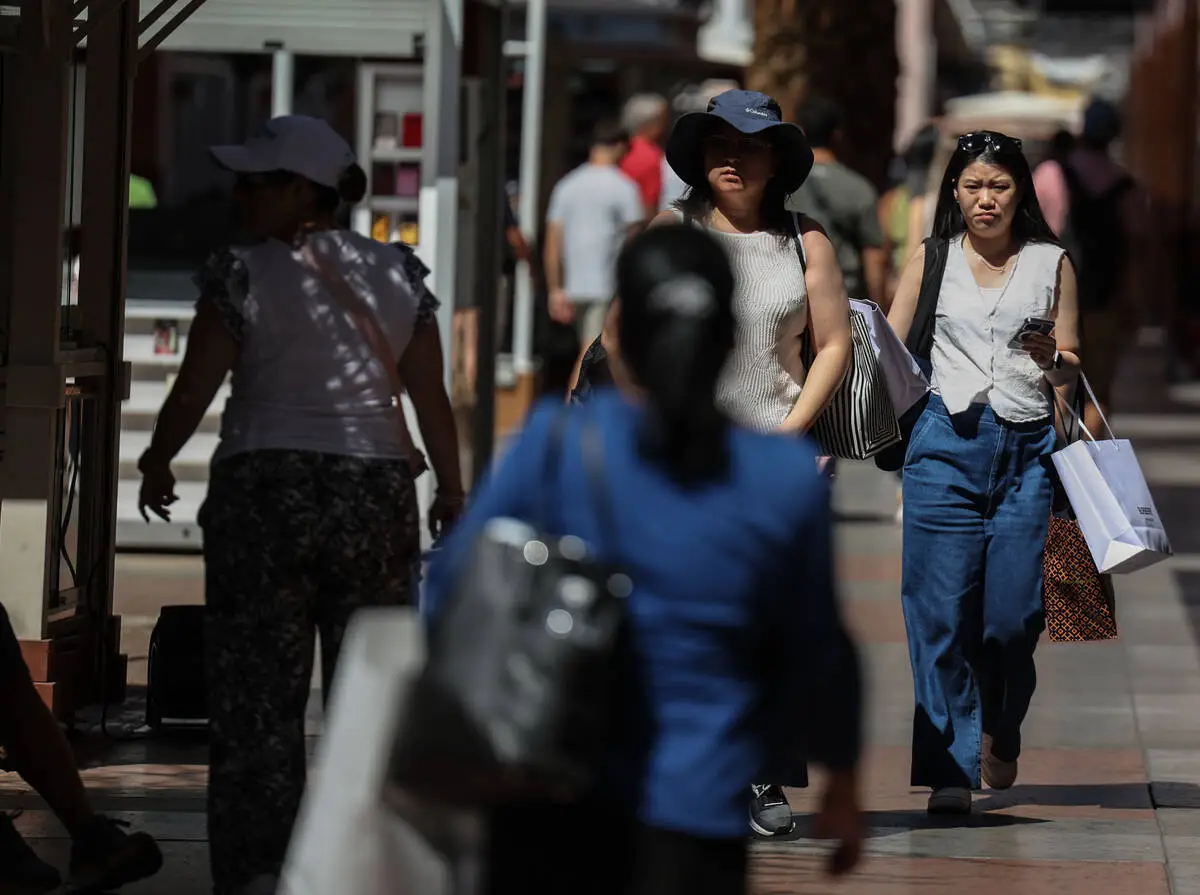Consumers in the Las Vegas Valley have reduced their spending on cars, clothing, dining out, and certain retail categories over the past year, according to new data from the Nevada Department of Taxation. This pullback coincides with a notable slump in tourism, a key economic driver for the region.
Food and beverage outlets in Clark County saw taxable sales fall to nearly $12.7 billion for the fiscal year ending in June, a drop of almost 2 percent, or $256.5 million, from the previous year. Clothing, shoe, and jewelry stores posted $4.4 billion in sales, down 3 percent—$139.2 million lower than last year.
Other categories primarily serving local residents also experienced declines. Motor vehicle and auto-parts dealers reported $6.6 billion in sales, down by $124.7 million. Furniture, electronics, and appliance stores registered sales of nearly $1.9 billion, a decrease of $18.9 million compared to the prior year.
However, not all sectors saw declines. General merchandise retailers, including big-box stores like Costco and Target, enjoyed $9.5 billion in sales, up more than $550 million year-over-year. Sporting goods, music, and hobby stores also saw growth, with sales rising over $91 million to reach about $2.7 billion.
Monthly data for June indicates some recovery as sales at general merchandise stores, car and parts dealers, hobby shops, and furniture and electronics retailers all increased compared to June of the previous year.
Tourism continues to be a major factor in Las Vegas’ economy. From January through August, around 25.8 million people visited Las Vegas—a decline of 7.8 percent, or more than 2 million fewer visitors, compared to the same period last year, according to the Las Vegas Convention and Visitors Authority. This drop in tourism translates to less spending at the bars, restaurants, and retail shops that depend on visitor dollars, further impacting the region’s discretionary spending-driven economy.


